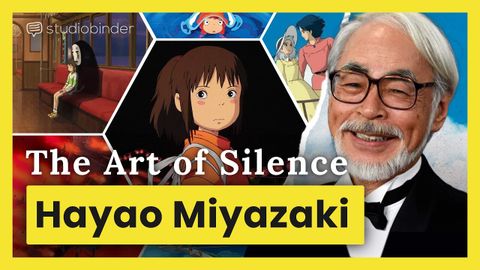是什麼讓動畫大師宮崎駿的故事如此與眾不同?一起來看看!(Hayao Miyazaki & The Art of Silence — How to Direct Powerful Scenes Where Nothing Happens)
神谷菜々子 發佈於 2023 年 08 月 23 日  沒有此條件下的單字
沒有此條件下的單字US /ˈɑbviəs/
・
UK /ˈɒbviəs/
- adj.明顯的;顯而易見的 ;顯而易見的;明目張膽的
US /ɪk'strimlɪ/
・
UK /ɪkˈstri:mli/
- adv.極端地 ; 非常地;非常;從極端的角度來看
US /ˈprɛznt/
・
UK /'preznt/
- adj.出席;在場的;目前的
- n.正在進行的;現在時態;目前的;禮物
- v.t.介紹;主持;介紹;展現;贈送
- v.i.出現
